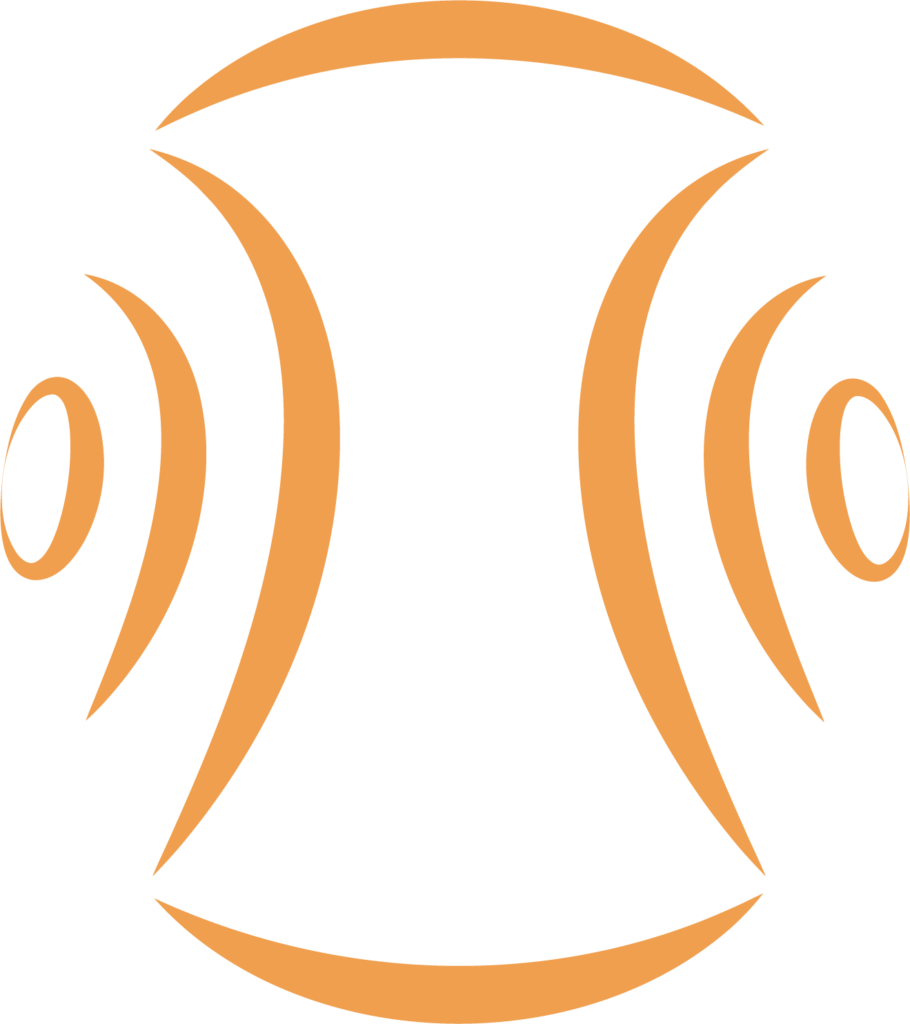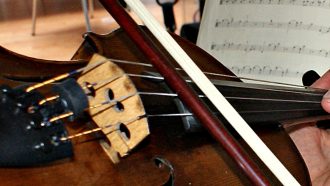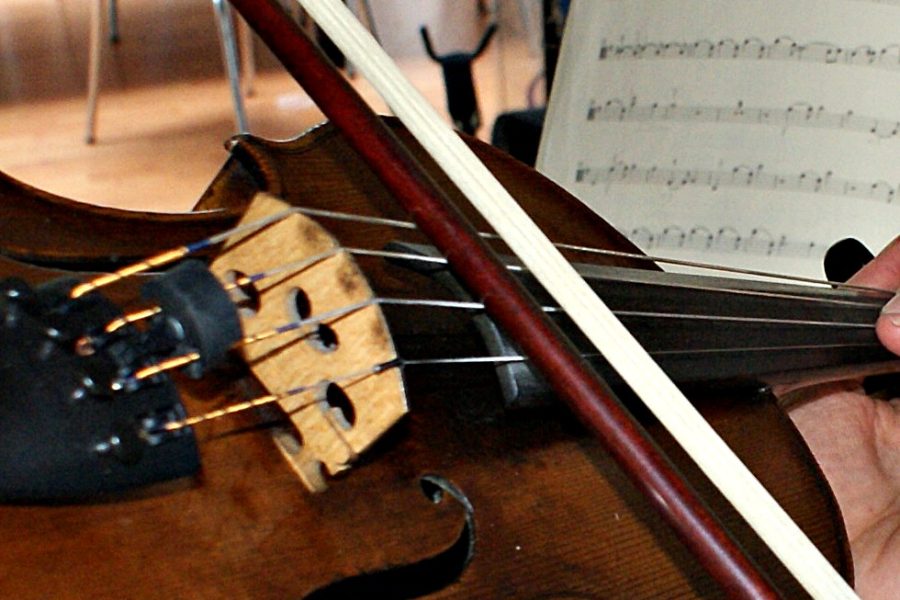WHAT CAN CAUSE A SQUEAK OR A SCRATCH IN YOUR TONE?
– There is tension in your bow arm or in your shoulders
– Your bow grip is too tight
– You are pressing too hard with the bow
– You are not pressing hard enough with the bow
– Your bow is playing too close to the bridge
– Your bow is playing too close to the fingerboard, or on the fingerboard
– Your bow is moving sideways
– The bow speed is randomly uneven
In order to play with a beautiful and rich sound, you should consider the following:
RELAX
Make sure that your arms and shoulders are loose, and that you are not lifting and holding the shoulders up.
BOW GRIP AND BOW PRESSURE
Don’t hold too tight onto the bow, your fingers should stay flexible and fairly loose. Most of the bow’s weight should be sitting on the strings, so let go of your tight grip and transfer the weight of the bow from your hand and onto the strings. The only part of the bow that needs less weight is at the frog. Use your pinky to control the bow pressure at the frog. You will see that if you push the pinky down just a little bit, the upper half of the bow will raise up. This technique helps you to control the pressure at the frog and in the lower half of the bow. Use your index finger to add pressure, simply by pressing down on the bow. As you approach the tip of the bow, you should add pressure with your index finger in order to get an even volume throughout the bow stroke. This is because the bow is heaviest at the frog and lightest at the tip, which affects the volume of your bow strokes if you don’t use the above technique. So to get an even volume, use the pinky to lighten up the weight at the frog and use the index finger to add weight as you approach the tip.
STRAIGHT BOW
Your bow has to stay straight and parallel to the bridge. If your bow moves sideways, comes too close to the bridge or too close to the fingerboard, you might hear a squeaky or a scratchy tone. To make sure that your bow stays straight, stand in front of a mirror and try to make the bow stay on track from frog to tip and back. This can take some time to get used to, but the best way to achieve this is to do a five minute warm-up on open strings, in front of a mirror, at the beginning of each practice.
HEAVY BOW ELBOW
It is important that you keep your right arm very relaxed. Imagine that you are a puppet and that there is a string attached to your elbow. Your arm and elbow are completely relaxed, and the feeling should be that the elbow is very heavy, since it is only hanging on a thin thread. Some students like to imagine that there is a heavy rock in their elbow. In any case, don’t fight gravity!
EVEN BOW SPEED
The bow speed should be consistent throughout each bow stroke. Random changes/jerks in the bow speed can cause the bow to bounce on the string, and can cause the tone to become squeaky or scratchy. (As you become more advanced you will learn how to add articulation and dynamics to your tone, by using different bow speed on the same bow stroke.)





